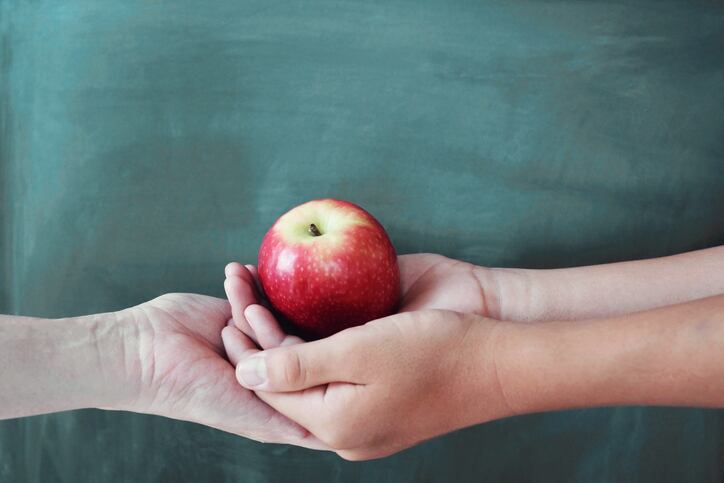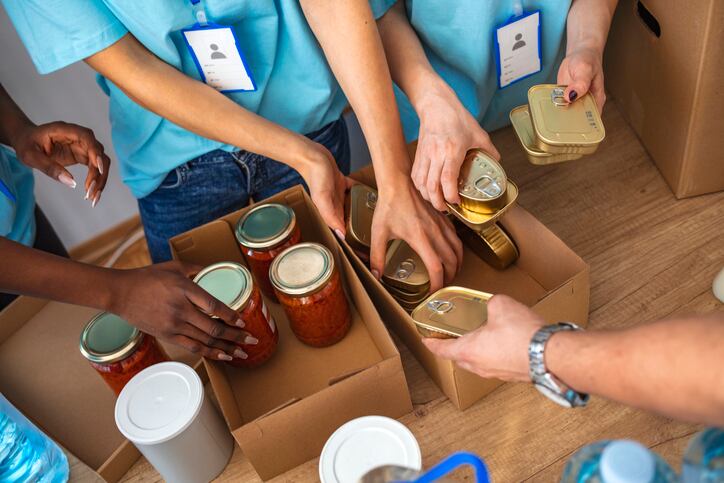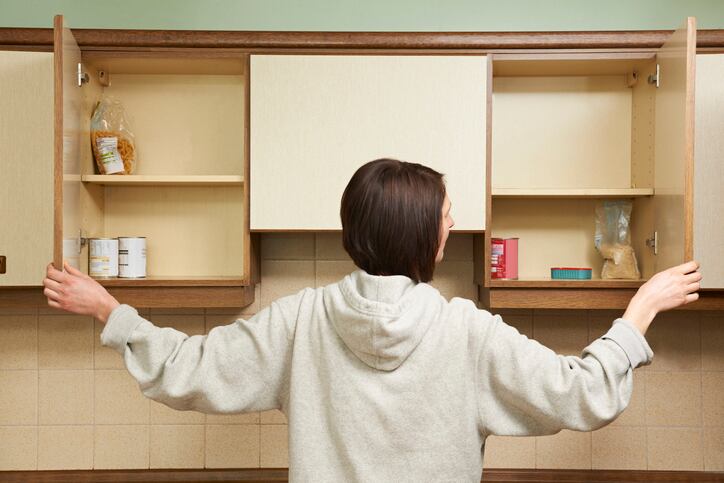“Across the country, one in seven households, and more than one in five Black and Latino households, report that their household is struggling to secure the food they need,” and while Congress bolstered food assistance programs in December with new funding for food banks, schools and child care meals “these measures alone will not solve the growing hunger crisis in America,” the White House notes in a fact sheet released this morning detailing the new executive order.
In the executive order, Biden will ask the US Department of Agriculture to increase by 15% the emergency benefits available through the Pandemic EBT program to families whose children rely on schools for free or reduced meals but are unable to access them because classes are virtual.
While many schools have continued to provide students with meals through pick-up sites or delivery during the pandemic, some have not, and the Pandemic EBT gives families the ability to use supplementary funds to buy food where SNAP benefits are accepted.
When the pandemic EBT was first authorized in March as part of the Families First Coronavirus Response Act, it gave each child participant about $5.70 per school day to cover the cost of missed meals. However, individual families likely cannot provide the same quantity and quality of food for this amount as can a school that purchases ingredients in bulk. Recognizing this, the 15% increase in funds would make it easier for families to feed children and reap the program’s intended benefit.
SNAP benefits could increase 15-20% for lowest-income Americans
Biden’s executive order also seeks to increase SNAP benefits by 15-20% per month for 12 million of the lowest-income recipients who did not benefit from previous coronavirus relief legislation.
Under the Families First Coronavirus Response Act, signed last spring, USDA was granted the ability to boost SNAP benefits, but it excluded nearly 40% of households that already received the maximum SNAP monthly benefits. Most of these households ranked among those with the lowest income.
Under Biden’s order, those families will be eligible for an emergency SNAP allotment equal to their maximum benefit.
Public health advocates have long pushed for the 15% increase in maximum SNAP benefits – a move they say not only would help families in need put food on their tables, but which would also stimulate the economy because the funds are spent almost immediately, rather than saved, as some stimulus checks.
Thrifty Food Plan under review
The order also could result in a longer-term increase in benefits by asking USDA to revise the Thrifty Food Plan, on which the agency determines SNAP benefits, to better reflect the cost of a healthy basic diet. Public health advocates have long criticized the Thrifty Food Plan for woefully underestimating healthy food costs and the economic realities facing financially strained households.
In addition to bolstering SNAP, the executive order would seek to invest an additional $3 billion in the Women, Infants and Children (WIC) program to help feed children.
COVID-19 protections
The order also would protect unemployed workers from losing their benefits if they turn down a job that places them at substantial risk of exposure to the coronavirus.
“President Biden believes that workers should have the right to safe work environments and that no one should have to choose between their livelihoods and their own or their families’ health,” the White House notes in the fact sheet.
More stimulus on the way
Finally, the order seeks to ensure equitable and effective delivery of direct payments that can be used to pay bills and put food on the table as well as support small businesses.
“While Treasury and career staff at the IRS have worked tirelessly to deliver two rounds of payments in the midst of a pandemic, the work is far from over,” says the fact sheet
“To ensure equitable and effective delivery of direct payments and focus on getting relief to eligible individuals who have not received the financial assistance to which they are entitled, the President is asking the Department of Treasury to consider taking a series of actions to expand and improve delivery of Economic Impact Payments including establishing online tools for claiming their payments, working to make sure that those who have not yet accessed their funds get the relief they deserve, and analyzing unserved households to inform additional outreach efforts.”
Independently, Biden also has proposed a separate $1.9 trillion relief package to Congress that provides additional aid to Americans negatively impacted by the pandemic.




